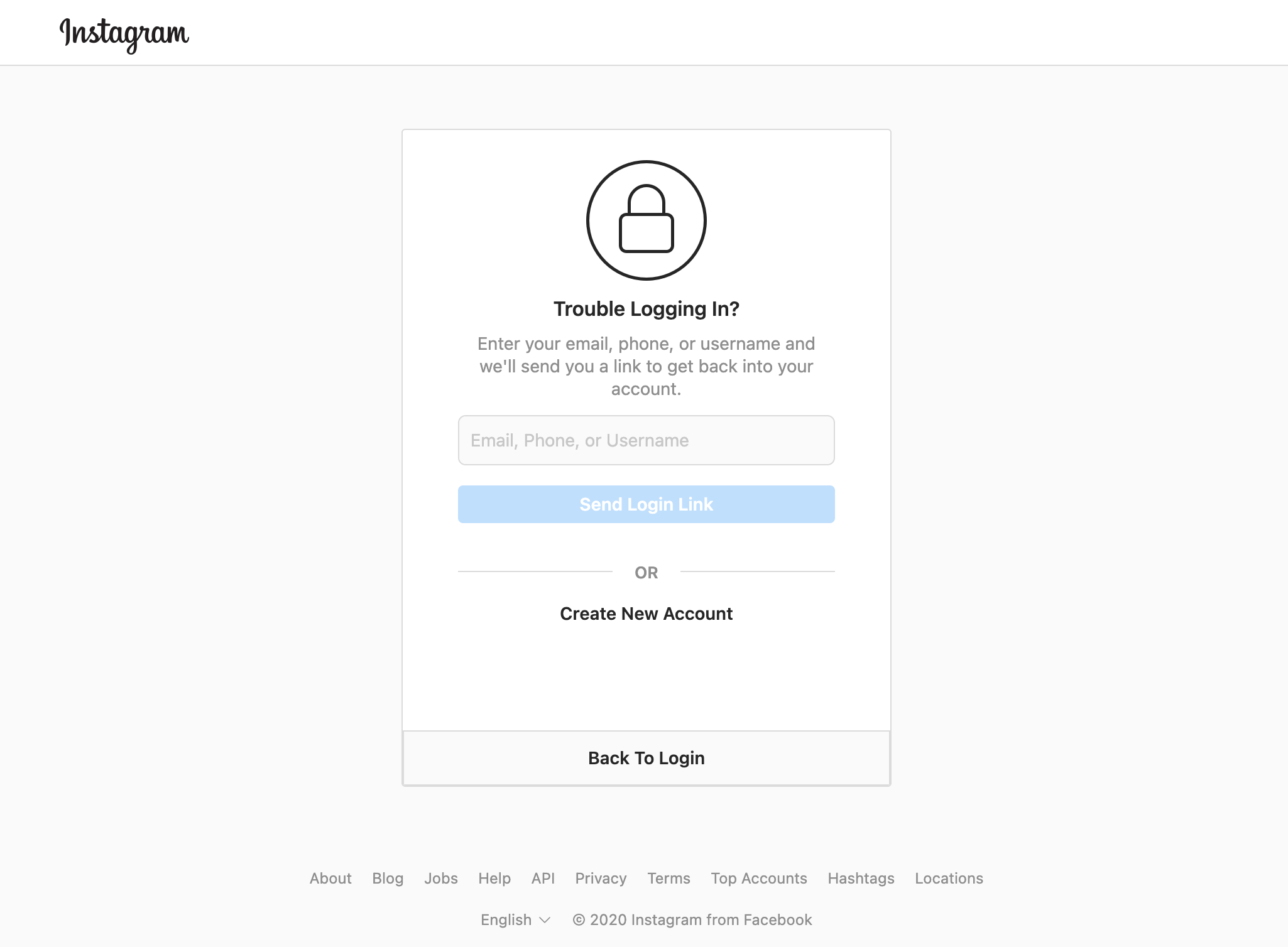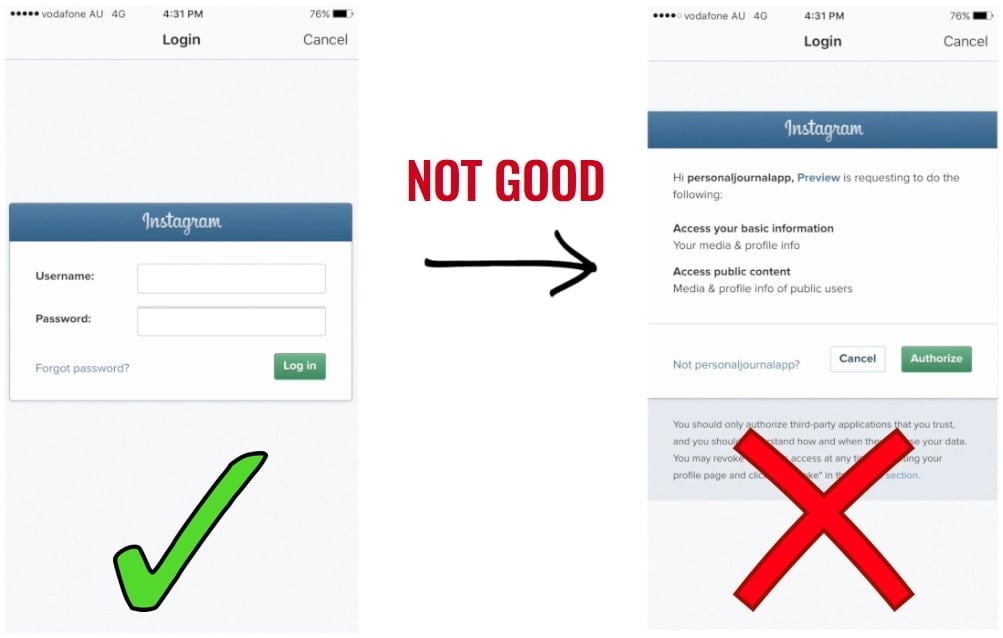
Once on the phishers' landing page, the targets see a perfectly cloned Instagram login page secured with a valid HTTPS certificate and displaying a green padlock to alleviate any doubts that it's the real deal.

"The use of what looks like a 2FA code is a neat touch: the implication is that you aren’t going to need to use a password, but instead simply to confirm that the email reached you," Ducklin adds. To further increase the illusion that they are official Instagram alerts, the crooks also add a code which apparently should be used as a second authentication code for identity confirmation. "Apart from a few punctuation errors and the missing space before the word ‘Please’, this message is clean, clear and low-key enough not to raise instant alarm bells," details Sophos' Paul Ducklin who analyzed the campaign. These messages are designed to look as close as possible to what official messages coming from Instagram to avoid raising any suspicions before the target is redirected to the attackers' phishing landing page.

Authentication codes used to add legitimacy In this case, the phishing e-mails distributed by the attackers behind this campaign use fake Instagram login alerts stating that someone attempted to log in to the target's account, asking them to confirm their identity via a sign-in page linked within the message.

Instagram users are currently targeted by a new phishing campaign that uses login attempt warnings coupled with what looks like two-factor authentication (2FA) codes to make the scam more believable.Ĭrooks use phishing to trick potential victims into handing over sensitive information via fraudulent websites they control with the help of a wide range of social engineering techniques, as well as messages designed to look like they're sent by someone they know or a legitimate organization.


 0 kommentar(er)
0 kommentar(er)
